In many religious artworks, Jesus is often depicted as a Caucasian man with long, light brown hair. However, forensic experts now suggest he may have had a darker complexion, with shorter, dark curly hair, closer to the appearance of Middle Eastern individuals of his time.

Richard Neave, a retired medical artist, has recreated what may have been the face of Jesus by analyzing ancient Semite skulls through modern forensic techniques. His portrayal suggests a man with a broad face, dark eyes, a full beard, short curly hair, and a sun-tanned complexion.
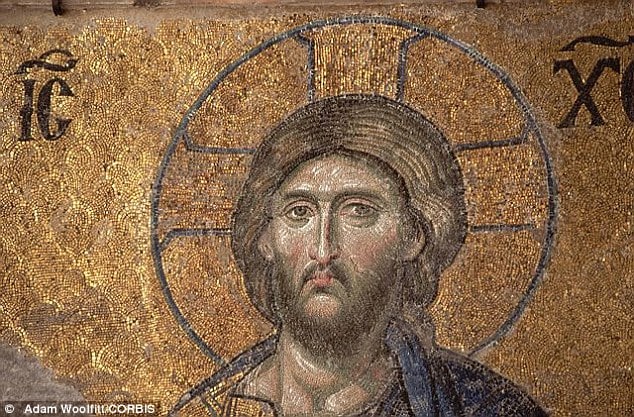
These characteristics are thought to be typical of Middle Eastern Jews in Galilee, located in northern Israel. Dr. Neave emphasized that the image represents an adult male from Jesus’s era and region. Some experts argue his recreation may be more accurate than classical artworks.
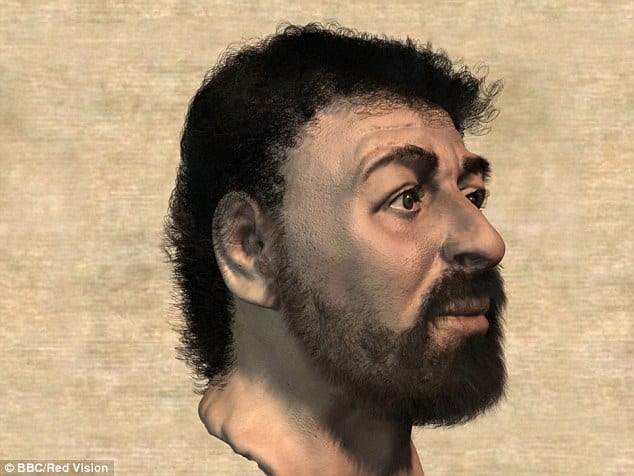
Without any definitive physical remains or descriptions from the New Testament, earlier images of Jesus were typically influenced by the culture and beliefs of the artists’ societies. Dr. Neave, formerly affiliated with the University of Manchester, employed forensic anthropology and historical clues from the Bible to create this portrait, as reported by Popular Mechanics.

The process involved combining cultural and archaeological knowledge with forensic techniques similar to those used in criminal investigations. Based on descriptions of people in the New Testament, Dr. Neave and his team hypothesized that Jesus’s appearance would resemble that of Galilean Semites of his era.
The team examined three Semite skulls from Jesus’s time, previously excavated by Israeli archaeologists, using X-rays to gain insight into the likely facial structure.
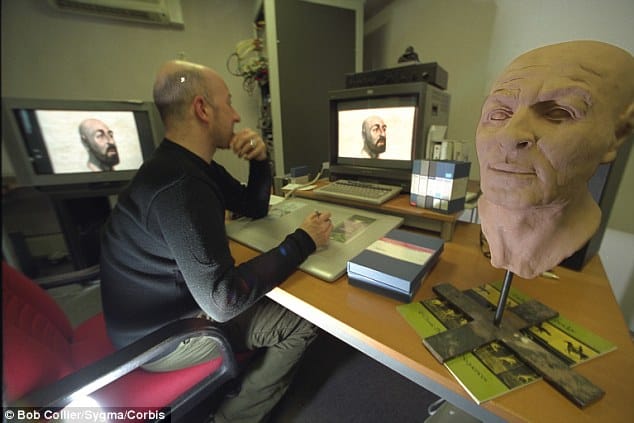
The Bible lacks a specific description of Jesus’s physical appearance. In Western art, he is usually portrayed as Caucasian, but in other regions, he has been depicted with different ethnic traits to help people relate to him. Early depictions of Jesus showed him as a Roman man, with short hair and no beard, wearing a tunic. By around 400 AD, he began appearing with a beard, reflecting the image of philosophers at the time.
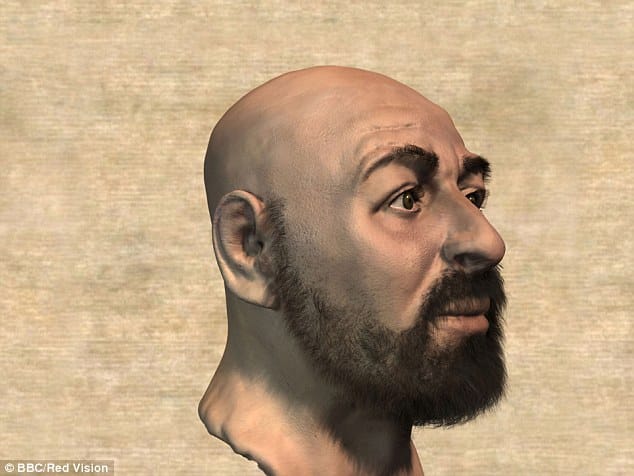
The more familiar bearded, long-haired image of Jesus became common in Eastern Christianity in the 6th century, spreading later to Western art. Medieval European art and the Italian Renaissance, notably through works like Leonardo da Vinci’s The Last Supper, reinforced this image. More recent films continue to portray Jesus with these conventional features, while abstract works sometimes depict him as a spirit.
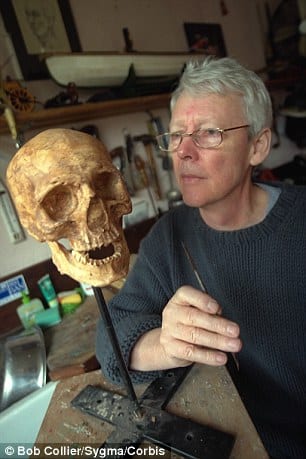
Dr. Neave’s team used CT scans to create digital “slices” of the skulls, analyzing structural details to model muscle and skin. They then generated a 3D digital face and built a physical cast, adding clay to reflect the skin thickness calculated by the program.
While the skulls provided the facial structure, they didn’t reveal eye or hair color. To address this, Dr. Neave’s team examined first-century art, hypothesizing that Jesus had dark eyes and a beard, in line with Jewish customs.
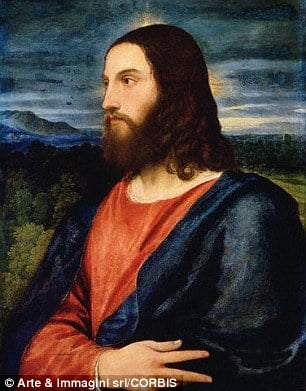
Biblical writings also hint at his hairstyle. Paul mentions in the New Testament that it was “a disgrace” for men to have long hair, implying Jesus wore his hair short, in contrast to many Renaissance depictions and the Shroud of Turin, which shows a long-haired figure some believe to be Christ.
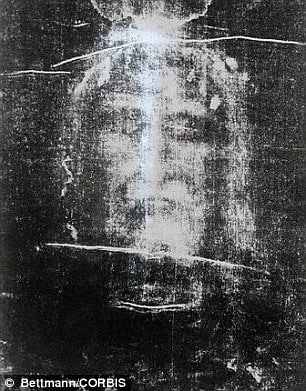
Dr. Neave’s team analyzed skeletal remains from Galilee to estimate the average physique of a Jewish man from that time. They concluded Jesus would have been about 5 feet 1 inch (1.5 meters) tall and around 110 pounds (50 kilograms). His complexion and build would likely reflect an outdoor lifestyle as a carpenter, making him more muscular and tanned than traditionally depicted.
Dr. Neave, author of Making Faces: Using Forensic and Archaeological Evidence, has previously recreated the faces of historical figures, including Alexander the Great’s father, King Philip II of Macedonia.
